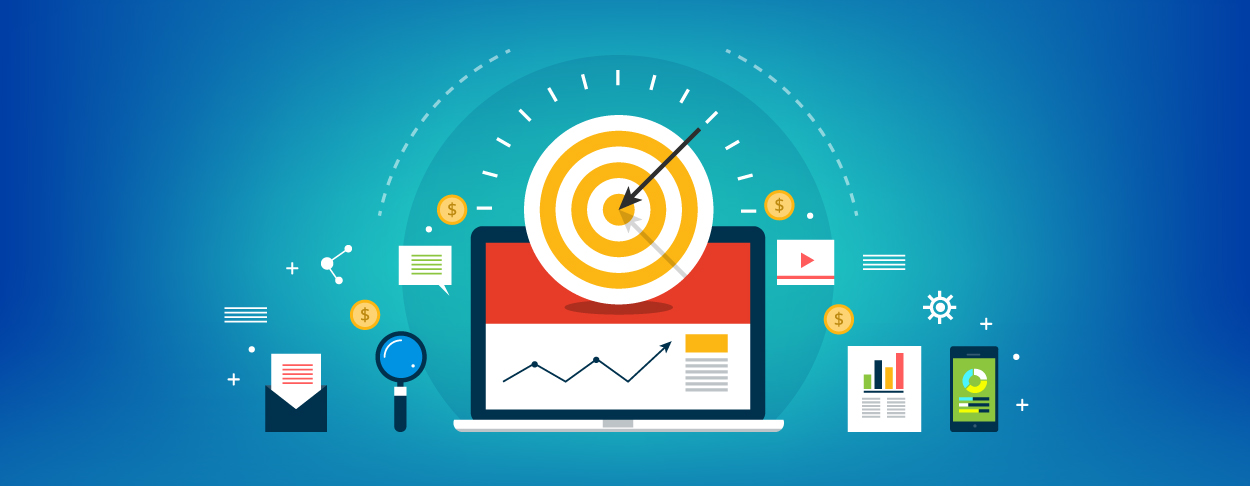Quick Steps to a Successful Audience-Centric Online Marketing Strategy
October 24, 2017
October 24, 2017

Tempted to just shout out about why your product is so great? Stop right there, and think about why your target buyers should be interested in your product. Sure, your company may have an amazing product line or offer top notch services, but you won’t get very far if you haven’t built a marketing strategy centered around what buyers actually want, not just the benefits of the goods or services you offer. Being audience centric means prioritising your customers to understand buying patterns, and in turn, really promoting the things that are going to make them tick. Follow these simple steps outlined by Action Digital to nail a successful audience centric marketing strategy and drive business growth.
A marketing campaign will only be successful if you know your buyer. Think about how big your target market is, and then go about dividing that target market into key segments. The next step is prioritising and ranking certain audiences as you examine the buyers that will be interested in the type of product or service that you’re selling.
For example, what age bracket is your audience, and what are they most interested in? Analysing and profiling audiences is nothing new to marketing, especially digital. But you can go a step further via any analytics tool (e.g Google analytics) to look at the wider interests of your target audience to discover trends and lifestyle interests that could prove useful for a future marketing campaign.
Knowing your target audience is just the beginning, but you’ve then got to form a meaningful connection with the customers, or potential customers, at hand. In today’s world, consumer’s online comments and shares can really affect public opinion, so forget about a product based approach, and totally embrace a buyer-based approach.
That means you’ve got to identify their needs desires, wants, motivations and behaviours, to then develop appropriate marketing content that’s closely aligned with these. When you focus on what your different audience/customer segments care about the most, you’ll be able to decipher what will drive the buyer to make a purchase of the service or goods you’re offering.
This is the point where you’ve got to consider how your target audience will buy the products or services on offer and what journey they will take to get there (purchasing funnel).
The last step in your strategy, along with A/B testing is tracking audience/customer behaviour via a web analytics service. Examine where your user is coming from, how they are arriving on your page, how many clicks it takes before they buy your product or service, and how many visitors click on your company’s website but don’t actually make a purchase. What could be driving them away? And what could make your target audience come back again? Go back and analyse your customer’s needs, desires and motivations to tweak your approach and further drive sales!